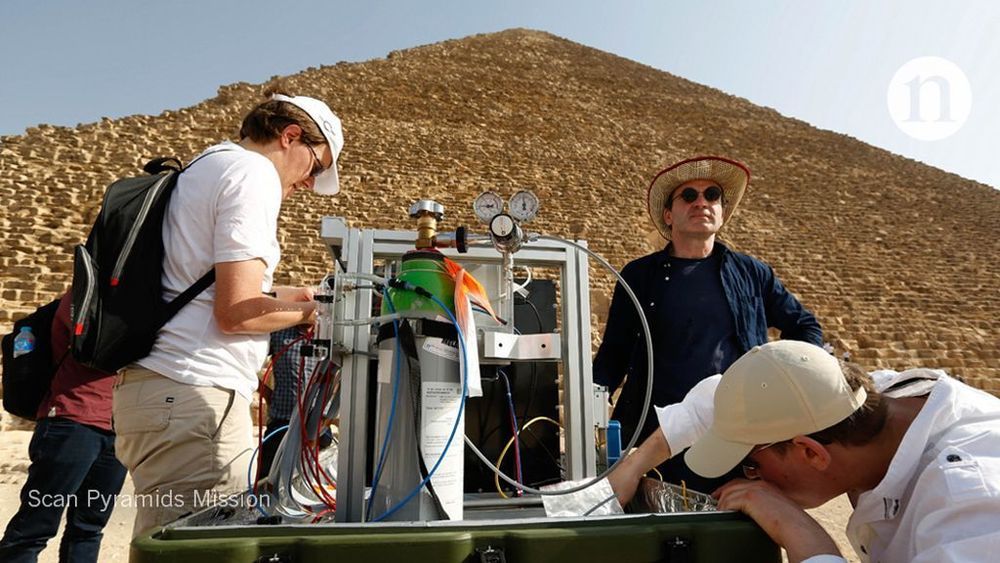
National Eye Institute (NEI) researchers profiling epigenomic changes in light-sensing mouse photoreceptors have a clearer picture of how age-related eye diseases may be linked to age-related changes in the regulation of gene expression. The findings, published online April 21 in Cell Reports, suggest that the epigenome could be targeted as a therapeutic strategy to prevent leading causes of vision loss, such as age-related macular degeneration (AMD). NEI is part of the National Institutes of Health.
“Our study elucidates the molecular changes and biological pathways linked with aging of rod photoreceptors, light-sensing cells of the retina. Future investigations can now move forward to study how we can prevent or delay vision loss in aging and hopefully reduce the risk of associated neurodegeneration” said the study’s lead investigator, Anand Swaroop, Ph.D., senior investigator and chief of the NEI Neurobiology, Neurodegeneration, and Repair Laboratory.
Each organism is born with a genome, a library of genes that control all the body’s cellular and tissue functions. Expression of those genes—when information stored in DNA is converted into instructions for making proteins or other molecules—is modulated and maintained by the organism’s epigenome. The epigenome tags the DNA code to modify gene expression in ways that can be favorable and unfavorable for survival.








